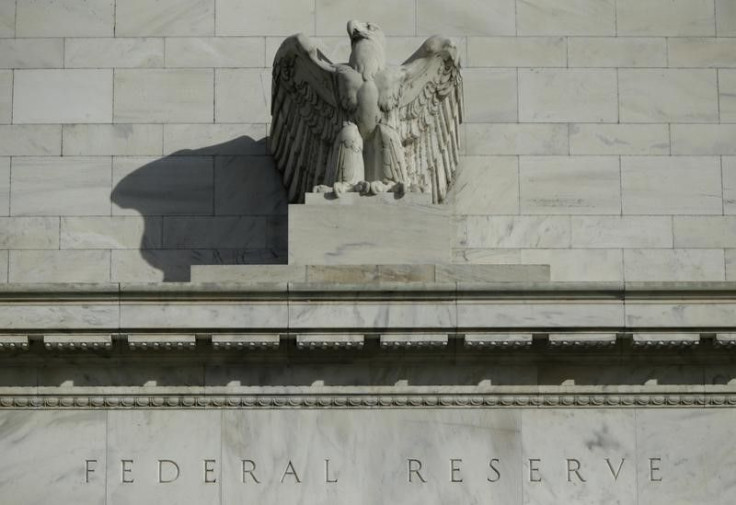Federal Reserve Stress Test 2015: Two Foreign Banks Fail Fed Exams While U.S. Banks Mostly Avoid Sanction

For the first time, every major U.S.-based bank made it through the Federal Reserve’s annual stress tests without receiving a formal objection. The Wednesday announcement reflects the Fed’s judgment that American banks carry enough cash and have strong enough internal risk management systems to weather a severe economic downturn.
Some banks came close to failing, though. Bank of America received the only sanction among U.S. firms. The Fed will require the bank to resubmit its capital plan due to weaknesses in its modeling practices and internal controls. If Bank of America fails its second attempt, the Fed could restrict the its ability to pay out rewards to investors. Three other firms had to slash their planned shareholder rewards as well.
The U.S. units of two foreign-based financial institutions received objections from the Federal Reserve: Spain's Banco Santander and Germany's Deutsche Bank.
The Federal Reserve judged that 28 of 31 financial institutions adequately balanced capital and risk in hypothetical downturn, allowing them to return cash to shareholders as planned. At issue is how each firm plans to deploy its capital – the cash that cushions banks against insolvency in tough times.
Bank of America’s conditional failure means it will have to shelve plans to increase dividends and issue stock buybacks until the Fed reviews its updated submission in six months. The firm’s total payouts amounted to $2 billion over the previous 12 months. Analysts had speculated that the firm might run into trouble on this year’s stress tests after having to resubmit its capital plan following a $4 billion error last year.
Santander and Deutsche Bank will also have to put investor payouts on hold. It was widely expected that the two banks would trip up on the stress tests, which have proven difficult for foreign-based banks. Santander failed its first test last year, while this was Deutsche Bank’s first attempt.
Investors will be pleased that Citigroup was among the banks to receive a thumbs-up from the Fed. Regulators faulted Citi in 2012 and 2014 on its capital plans, barring the bank from returning cash to shareholders as planned. Citi’s success also vindicates CEO Michael Corbat, whose job was seen as riding on this year’s results.
Goldman raised eyebrows last week on the release of the Fed’s first round of stress tests. The bank barely scraped by on a measure of capital ratio, the proportion of safe cash to risky assets banks hold on their books.
Morgan Stanley, JPMorgan Chase and Goldman Sachs each submitted adjusted plans during a grace period between last week’s initial quantitative results and the final assessment. Last year Goldman and Bank of America each escaped sanctions in the Fed’s qualitative round, but had to revise their capital plans to pass muster.
First implemented in 2009 and made annual in 2011, the Fed’s stress tests gauge a bank’s ability to negotiate risks during an economic disaster. The qualitative assessments released today reflect the how the Fed’s judged each firm’s internal compliance culture and approach to risk management.
The purely quantitative results released last week focused on the levels of safe capital banks would be able to maintain if the stock market fell 60 percent and unemployment rose into double-digits. All 31 banks passed, though Utah-based Zions Bancorporation and Goldman each skated perilously close to the limits. Morgan Stanley and JPMorgan showed large potential losses but managed to stay above the thresholds.
This year’s stress tests have reportedly taken on new breadth within the Fed. Moving beyond purely mathematical exercises, the exams increasingly hone in on the culture within each bank. Fed officials have grown more vocal in their criticism of a Wall Street ethos that they say shrugs off risks and disdains regulations meant to safeguard the public interest.
The Fed’s concerns over Bank of America’s capital plan raises questions over the firm’s ability to shore up its risks and tighten its internal controls. The bank must submit a new plan by September.
© Copyright IBTimes 2024. All rights reserved.












